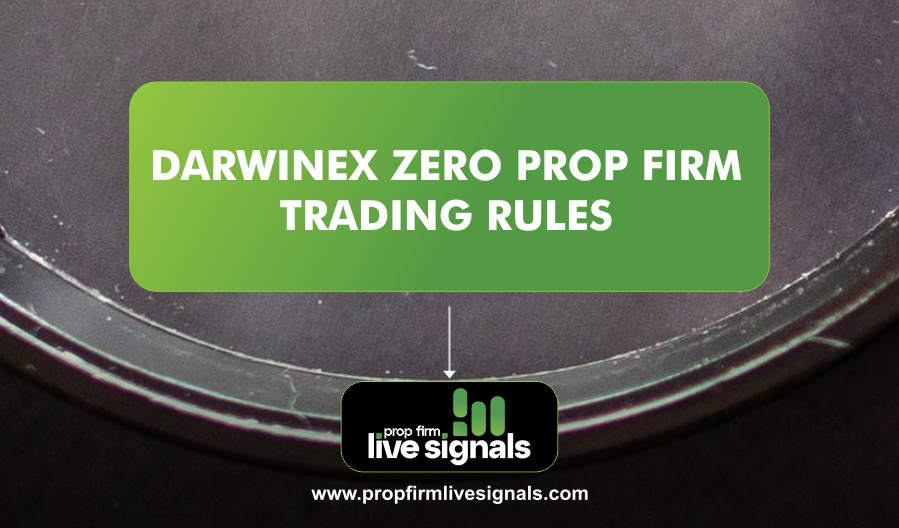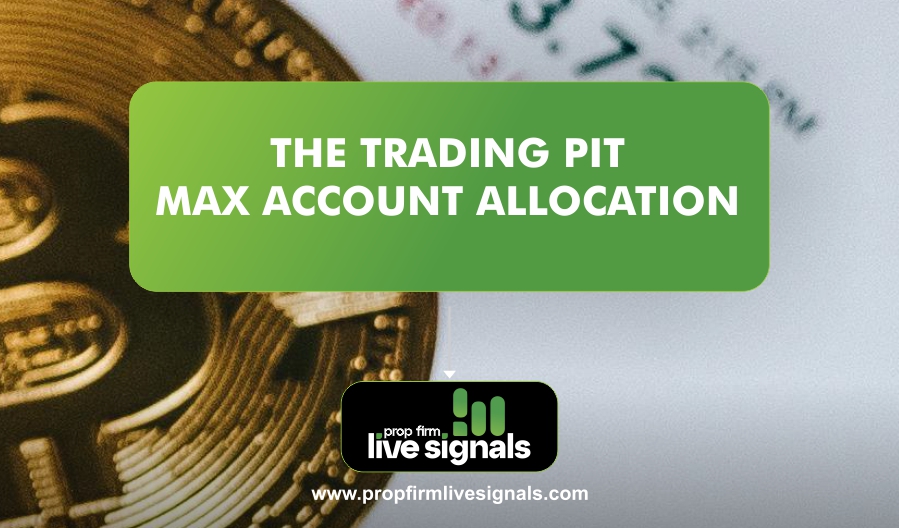Customizing these platforms to suit your needs can make the difference between confusion and confidence. A well organized trading platform is like having a personalized workstation; it boosts efficiency, enhances decision-making, and minimizes errors.
This article dives deep into how beginners can customize trading platforms to create an environment tailored to their trading style and preferences. Customizing a trading platform can be a daunting task for any trader, but it’s actually quite simple once guided properly.
This guide will take you through step by step, from essential features such as chart layouts, watchlists, and technical indicators to trading alerts. Whether you trade stocks, forex, or cryptocurrencies, personalizing your platform can help streamline your experience and improve your overall performance.
Why Customization Matters
Imagine stepping into a trading platform that feels tailored to your unique trading style and preferences. Customization in trading applications does just that; it provides traders with the ability to tailor their trading environment, tools, and experience.
1. Catering to Diverse User Needs
Trading platforms are designed to suit a wide range of users from the casual investor who seldom places trades to the professional day trader who needs to get in and out with precision and speed.
Most of these platforms have default settings, which are generalized and thus may not be in line with your particular trading style or objectives. Customization bridges this gap in that you are able to focus your attention on tools and data relevant to your strategy while discarding unnecessary clutter.
2. Smarter Efficiency and Speed
A personalized trading platform helps you work smarter, not harder, by only showing you the data and tools you want to see. This can minimize distractions, so you can study markets more efficiently and make better trades.
This may mean that customizing your watchlist or chart layout saves you time and keeps you informed about market events that are important to you.
3. Lower Learning Curve for Traders
The world of trading is complex for beginners. This process of learning is simplified by customizing the trading platform. You will be able to work out the functions of a platform by making adjustments that fit your needs. Confidence comes with familiarity, and costly mistakes are reduced in this respect.
4. Avoiding Costly Mistakes
Mistakes like placing trades on the wrong instrument or missing important price movements can be financially damaging.A well customized platform helps mitigate these risks by organizing your tools, charts, and alerts in a manner that will support the delivery of accurate and timely decisions.
How to Customize the Platform to Your Goals
No two traders are alike. Some traders rely heavily on technical analysis, while others base their trades on news and fundamental data.
Customization allows you to tailor the platform to match your unique goals, whether you’re a scalper needing quick chart updates or a swing trader analyzing long-term trends.
1. Getting Started: Understanding Your Platform
Before you get into customizing, take some time to familiarize yourself with your trading platform.
Most of them, be it MetaTrader, TradingView, or ThinkorSwim, have a great deal of features and tools within them. Knowing the basics of your platform will make it easier to identify what you need to customize.
Steps to Understand Your Platform:
Below are steps to guild you true how you can understanding the trading platform you want to get started with: These steps includes:
1. Watch Tutorials: Most platforms offer video guides and tutorials to help new users navigate their features.
2. Explore Settings: Click through menus and settings to get a feel for what options may be available.
3. Experiment with Tools: Try charting tools, drawing tools, indicators, and other features to see how they work.
4. Use Demo Accounts: If your platform offers a demo account, use it to practice without risking real money.
2. Customizing Chart Layouts
Charts lie at the heart of any trading platform; it is here that one visualizes price movements to make more informed decisions. Customizing your chart layout ensures that you’re seeing the information most important to you and your strategy.
Key Steps to Customize Chart Layout:
When it comes to the customization of a trading application, there is a whole list of features that can be personalized for individual trading styles. Let’s take a look at some of the most in demand customization options.
1. Select a type of chart that best suits you:
Most of the platforms have different chart types such as candlestick, bar, and line charts. Beginners find candlestick charts very useful since they depict a lot of information about price movements.
2. Set Timeframes:
Choose time frames that suit your trading style. For instance, day traders might use 1-minute or 5-minute charts, while swing traders prefer daily or weekly charts.
3. Add Technical Indicators:
Indicators like moving averages, RSI, and Bollinger Bands provide insights into market trends and potential entry or exit points. Experiment with different indicators to find what works for you.
4. Organize the Layout:
Arrange your charts for easy viewing. Many platforms allow you to display multiple charts on one screen. Use this feature to monitor different assets or time frames simultaneously.
5. Save Your Layout:
Once you have your chart customized, save the layout. This way, you can load it fast later on without having to set everything up again.
3. Creating Watchlists
A watchlist is a list of assets that you are interested in trading. Instead of going through hundreds of instruments, a watchlist lets you focus on what matters most.
How to Create and Customize a Watchlist:
1. Add Relevant Assets:
Choose assets according to your trading strategy. For instance, forex traders may include major currency pairs, while stock traders will focus on specific sectors.
2. Categorize:
Group assets by their type, like forex pairs, stocks, or cryptocurrencies. This makes it easier to find what you are looking for.
3. Include Key Metrics:
Customize your watchlist to include metrics such as price, volume, and percentage change. These metrics help you keep an eye on market activity at a glance.
4. Set Alerts:
Setting Alerts: Most platforms allow you to set alerts on any asset on your watchlist. This ensures you’re notified of significant price movements or other conditions.
4. Setting Up Technical Indicators
Technical indicators are among the most essential tools in market trend analysis and prediction of further movement. Customizing these indicators helps you optimize their settings for performance.
Steps to Customize Technical Indicators:
1. Choose Indicators that Suit Your Strategy: If you are a trend trader, then focus on the indicators of moving averages or MACD. If you range trade, then consider RSI or Stochastic Oscillator.
2. Adjust Parameters: Most indicators have default settings, but these may not fit your trading style. Experiment with different parameters to find the best fit.
3. Combine Indicators: You would use multiple indicators to confirm signals. You might be combining RSI with Bollinger Bands to identify overbought or oversold conditions.
4. Test Your Setup: Use the historical data to test your tailored indicators and make sure that they produce good signals.
5. Setting Alerts
Alerts are a potent way for you never to be left behind in the occurrence of some critical events in the market. It will help you stay ahead by setting custom alerts instead of spending all your life on the platform.
How to Set Alerts
1. Define the Trigger Conditions: Examples include when the price moves to a certain level, moving average crossover, among others, and news releases.
2. Choose Delivery Method: Determine the means for receiving alerts: email, SMS, or in-platform notifications.
3. Adjust Sensitivity: Never overload yourself with notifications. Only pay attention to those large events that meet the criteria for your trading strategy.
4. Testing Your Alerts: Create test notifications to be sure everything works and delivers correctly.
How to Customize Order Entry Settings
Fast and accurate execution of trading is made very effective when order entry settings are fine-tuned to perfection. Customization also reduces the chances of error when markets become fast paced and volatile.
1. Customize Order Entry Steps: Set up order types by default. Also specify the quantity well before launching any trade. To accelerate executing each deal quickly using ‘One-Click Trading, as almost every trading platform offers; On this the user strategy may allow or might like to turn it ON/ ENABLED.
2. Set Pre-risk parameters: Set preliminary ‘stop-loss’ and take profit levels to put less impact on your risk/reward ratio.
Customizing the Interface
The majority of trading platforms have given you the ability to modify their interface to suit your likings. This means a reorganization of widgets, color schemes, and setting up hotkeys.
How to Customize the Interface:
1. Arrangement: Organize your panels, such as charts, watchlists, and news feeds in an accessible manner.
2. Select Theme: Most platforms provide the light and dark mode, select the one that your eyes find easy to operate on.
3. Create Keyboard Shortcuts: Configure hotkeys for actions that are used most often: opening a new chart or placing an order, for example.
4. News Feeds: Include news widgets to keep up-to-date on market events which may affect your trades.
Want to take your trading to the next level?
Take advantage of our LiveSignals, your go to resource for dependable, real-time trading signals, you can eliminate uncertainty from trading.
Propfirmlivesignals is the answer to your constant success in the markets!
You will always be on top of your game with expert analysis and real-time updates. Never let this chance slip away to supercharge your trading journey.
More Info Click here.
Frequently Asked Questions (FAQs)
Why would it be necessary to personalize a trading platform?
- Customisation ensures it becomes aligned with your style and goals of trading. It reduces wastage of time and cuts down on distractions. At the same time, the chances of error, particularly for novices, are also considerably lowered.
Am I able to restore default settings in a trading platform when mistakes are made?
- Yes, most trading platforms have the option of resetting to default settings. Look for a reset option in the platform’s settings or help section.
What should a beginner look at in customizing a platform?
- Beginners will want to focus on: setting up clear chart layouts, adding essential technical indicators, creating watchlists, and configuring alerts for major market movements.
Can all trading platforms be customized?
- Most of the modern trading platforms like MetaTrader, TradingView, and ThinkorSwim offer immense possibilities for customization. Yet, some simplest ones may have restricted functionality.
What are the advantages of setting alerts?
- Custom alerts will keep you informed about important market events and save you from constantly monitoring the platform. This saves time and ensures that you do not miss any trading opportunities.




